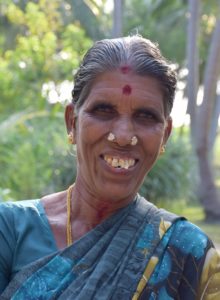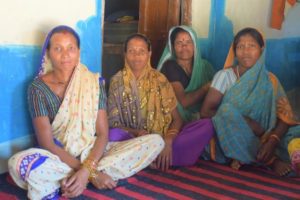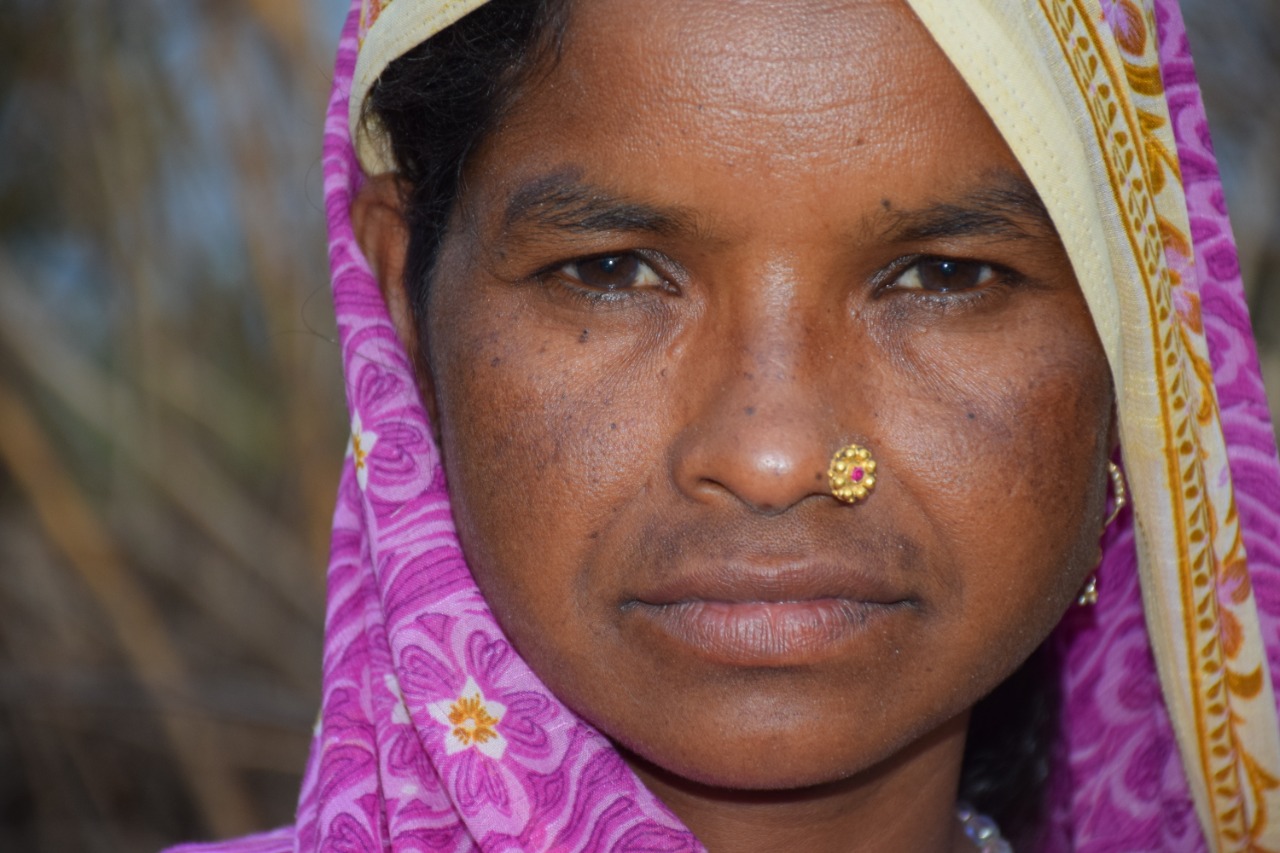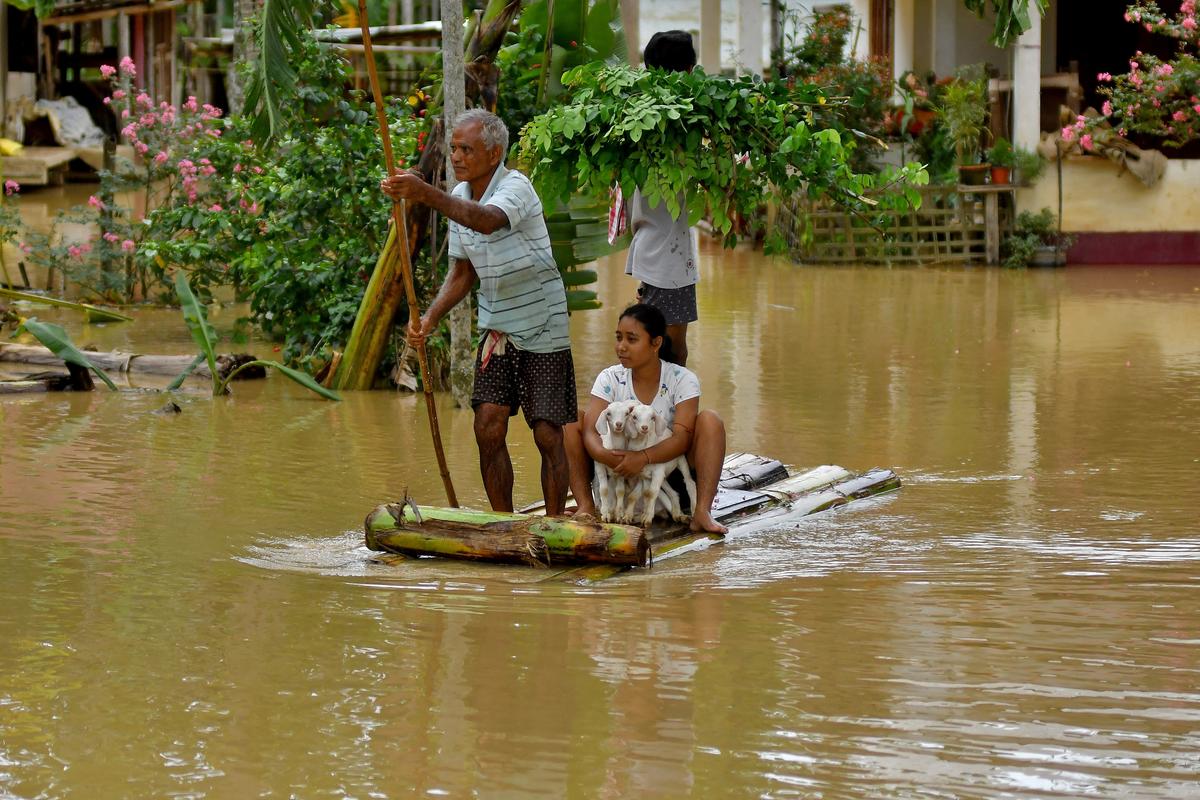CASA BLOGS

The World is changing, And so are Women in India’s hinterland
The deep-rooted poverty in our social constructs hits the rural women and women-headed families the hardest. Lack of employment opportunities and pay disparity becomes a hindrance for them to achieve financial stability and a healthy life, and this leads to a situation where they have a very little say in the decision-making.
According to National Family Health Survey-3 (2005-06), in rural sector only 26% of decisions are taken by married women regarding obtaining healthcare for themselves. The survey suggests that almost 36% of women in India are undernourished with a Body Mass Index (BMI) less than 18.5, indicating a high prevalence of nutritional deficiency. More than half of women (55 per cent) of women in India are anaemic. The prevalence of anaemia in children age-6-59 months increases steadily with the mother’s level of anaemic.
 But what most tend to forget is that poverty mostly affects women in the rural villages where the burden to take care of all the needs of her household falls on her. Women and their children, specially a girl child, are often the ones who suffer due to the trickling effects of poverty.
But what most tend to forget is that poverty mostly affects women in the rural villages where the burden to take care of all the needs of her household falls on her. Women and their children, specially a girl child, are often the ones who suffer due to the trickling effects of poverty.
As reported widely through media or other publications, there still exists a tendency to suppress a girl’s voice since her birth – suppression of which leads to poor health, irregular education, more focus on household and labour works, and no financial independence.
Women belonging to poorest household are less likely to have a well-balanced and healthy diet. A mother’s diet directly affects her child’s mental and physical growth, which if not taken proper care on time might lead to medical complexities later in life.
Studies and reports by the government have found that a mother’s education and household wealth affects the health of her children. With only 64 per cent females literates, the main reason of women never attending schools are ‘expensive cost of education’, ‘not interested in studies’, education is not considered necessary’, and ‘required for household work’ – the Census 2011 has found out.

Lesser participation in decision making affects a woman growth at all levels. In rural sector, the workforce participation rate for females at the national level stands at 30 per cent as compared to men at 53 per cent.
The gender disparity is most visible among female-headed households, notably lone mothers and single pensioners. A large number of women in India are engaged in agricultural labour.
At a time when income stability is on the minds of the women workforce, most women complain of unequal wages and unfavourable treatment. Lack of medical and financial attention leaves them with no choice but to succumb to the wage disparity pressure.
Well-known London-based economist Stephen Jenkins suggests the concept of ‘feminist poverty’ which she describes as an ‘individual right to a minimum degree of potential economic independence’.
Written and drafted by: CASA Communications Team
Featured Post

Mental Health Awareness in India: Addressing Key Challenges
8 Nov 2024
Mental health awareness is crucial in India, where millions silently struggle with mental health disorders, including depression, anxiety, and bipolar disorder. Despite growing recognition, India faces unique challenges in effectively addressing mental health issues. The stigma associated with mental illness remains a primary barrier. In Indian society, mental health issues are often misunderstood, leading to […]

Ensuring Girls’ Safety in India: A Path Toward Empowerment
20 Aug 2024
Girls’ safety in India remains a critical issue that has garnered increasing attention over the years. Despite various reforms and efforts from both government and civil society, challenges persist. From street harassment to domestic violence, gender-based discrimination continues to limit the freedom and safety of girls. While significant progress has been made in addressing these […]

The Connection Between Monsoons and Floods in India: An In-Depth Analysis
9 Jul 2024
India, a land of diverse climates and geographical features, relies heavily on the monsoon season for its agricultural and water resources. However, with the benefits of the monsoon rains come significant challenges, particularly in the form of floods. This blog explores the intricate relationship between the monsoon season and flooding in India, providing detailed insights […]


 Previous Blog Post
Previous Blog Post 
